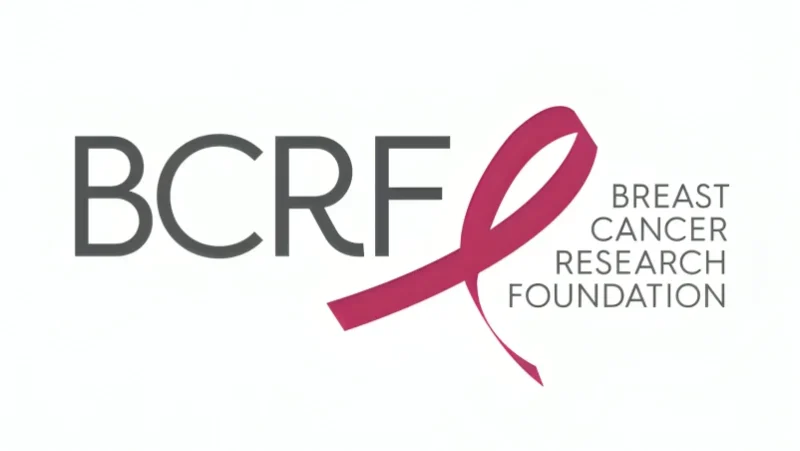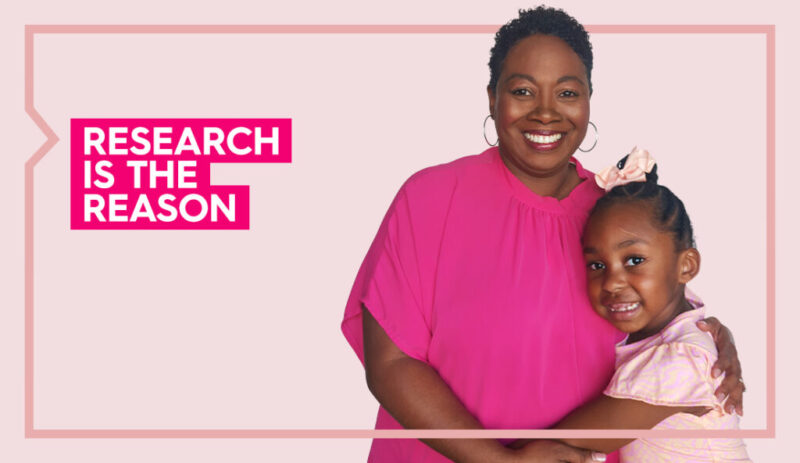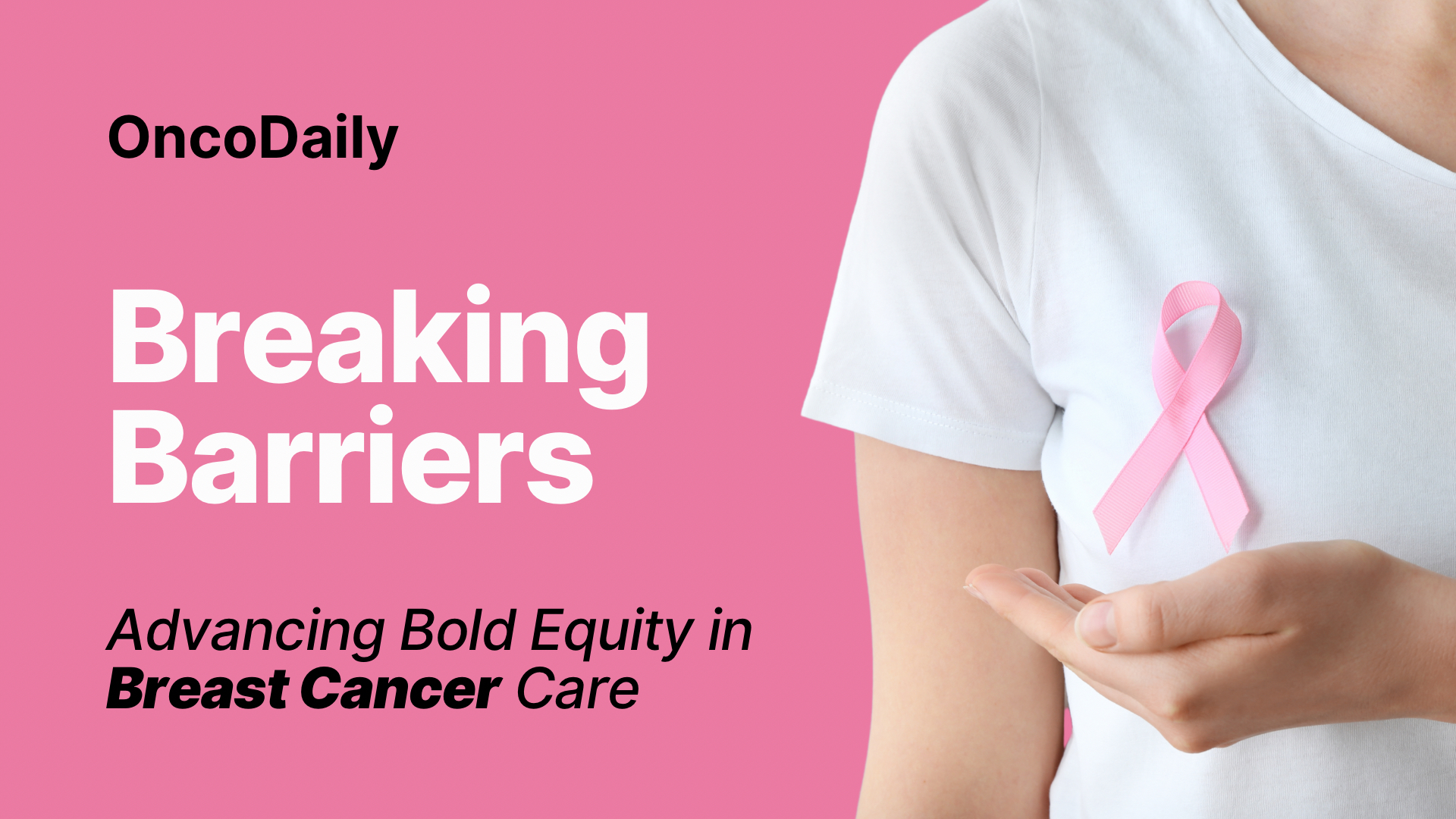Breast cancer does not discriminate—it affects people of all races and ethnicities. Yet the outcomes can look vastly different depending on the color of one’s skin. For many communities of color, the journey through breast cancer is marked by systemic barriers, underrepresentation in research, and a lack of access to timely and effective care.
National Minority Health Month serves as a timely reminder of these disparities—but for the Breast Cancer Research Foundation (BCRF), the fight for equity continues every single day.
The Alarming Statistics: Breast Cancer Disparities That Can’t Be Ignored
Despite having a 5% lower breast cancer incidence rate than white women, Black women experience a 38% higher mortality rate, according to the American Cancer Society’s 2024–2025 report. They are more likely to be diagnosed at later stages and at younger ages—and they have the lowest survival rates at every stage.
American Indian and Native Alaskan women face a similarly grim picture. Though they have a 10% lower incidence rate, they are 6% more likely to die from breast cancer and have the lowest screening rates among all groups.
For Black women under 50, the risk is even more daunting. They are twice as likely to be diagnosed with aggressive forms of breast cancer, such as triple-negative breast cancer (TNBC), compared to white women.
During National Minority Health Month, BCRF highlights its ongoing efforts to address breast cancer disparities and improve outcomes for communities of color.
Why the Disparities Persist: A Complex Web
Breast cancer disparities arise from a combination of biological, social, and systemic factors. It’s not just about genetics—it’s also about who gets access to screening, who can afford treatment, and who is included in research.
Missing Voices: The Clinical Trial Gap
Clinical trials are critical to advancing treatment—but they don’t always reflect the real-world population. Today, less than 10–15% of participants in breast cancer trials are from minority backgrounds. This underrepresentation leaves critical questions unanswered, especially about how treatments work in people of color.
BCRF is taking action. By funding studies that build infrastructure in under-resourced areas of the U.S. and Nigeria, they are working to improve trial accessibility. Researchers are also exploring ways to boost participation through community outreach, mobile health platforms, and partnerships with Black healthcare professionals.

Photo from BCRF
Barriers to Care: The Role of Social Determinants
Access to care remains one of the biggest obstacles. Black women are 31% more likely to face delays in completing therapy and nearly three times more likely to skip life-saving anticancer medications due to financial or logistical challenges.
BCRF-funded investigators are examining how factors like geography, insurance coverage, and income level affect breast cancer outcomes. They’re using digital tools, partnering with community leaders, and designing new care delivery models for both urban and rural areas—from Rwanda to rural America.
Biology Matters, Too: Genetics and Tumor Traits
Research shows that Black women are more likely to carry mutations in certain genes—like BRCA1, BRCA2, BARD1, RAD51C, and RAD51D—that are associated with aggressive breast cancers. They are also more likely to be diagnosed with inflammatory breast cancer, a fast-growing and hard-to-treat form of the disease.
BCRF’s support has led to groundbreaking studies in tumor biology and genetics, shedding light on these inherited differences and helping guide future screening protocols for high-risk populations.
The Health Equity Initiative: A New Chapter
In partnership with The Estée Lauder Companies, BCRF has launched the Health Equity Initiative—a bold effort to explore the intersection of social, genetic, and environmental factors shaping breast cancer in Black women. The goal: understand the diversity within the population and develop targeted strategies to close the gap in care and outcomes.
Looking Ahead: A Collective Responsibility
At BCRF, equity is not an annual theme—it’s a daily commitment. By supporting inclusive research, amplifying underserved voices, and addressing both the biology and barriers behind breast cancer, they are helping shape a future where every woman—regardless of race or zip code—has a fair shot at survival.
Because no one should face breast cancer with a disadvantage.

Photo from BCRF
Take Action: You Can Be Part of the Change
If this story moved you, don’t let it stop here. Learn more about the groundbreaking work being done by organizations like BCRF. Share their research. Support their mission. Talk to your community about the importance of health equity in cancer care.
And for more stories that matter—stories that inform, inspire, and connect—follow OncoDaily. We shine a light on the people, science, and breakthroughs that are changing the future of oncology, one story at a time.
Together, we can build a world where no one is left behind in the fight against cancer.
By: Md Foorquan Hashmi, MD, Sr. Editor, OncoDaily: India Bueura
